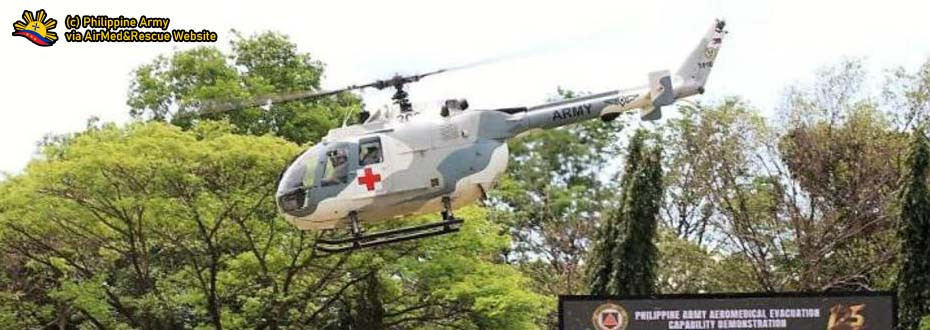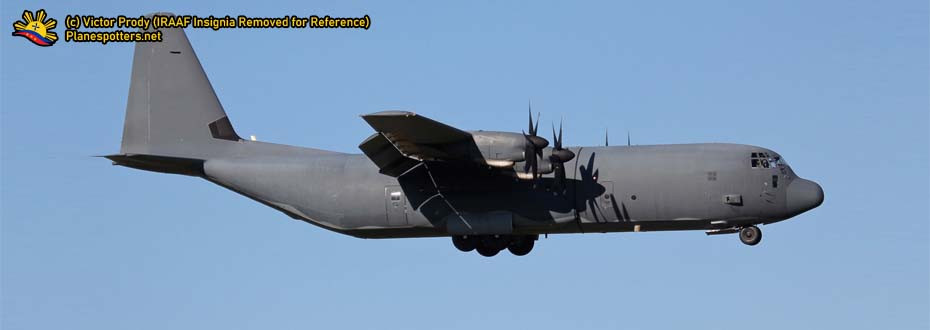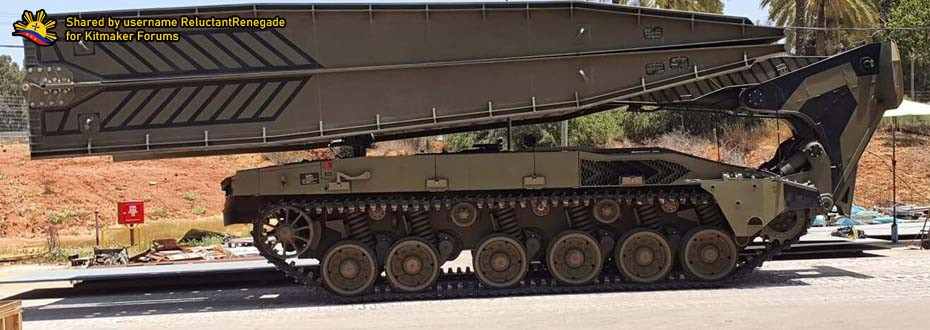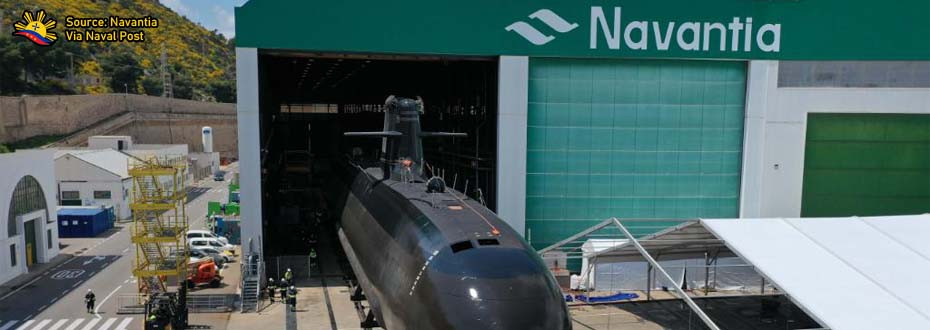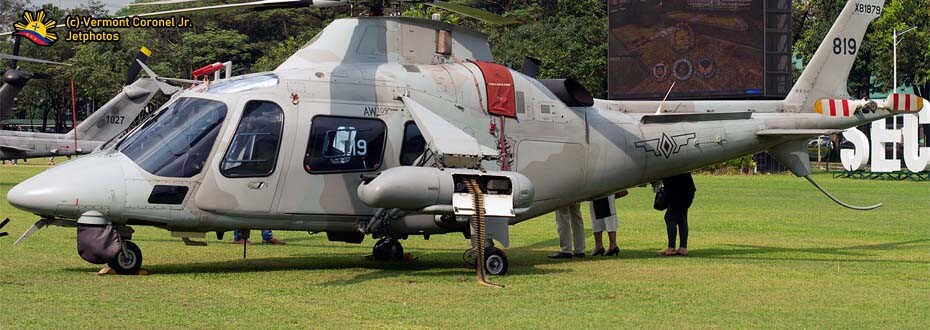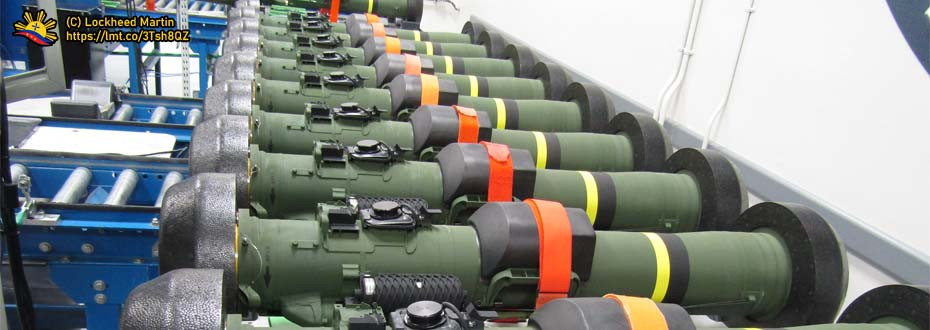OVERVIEW
 |
| This was formerly known as the ROKS Chungju (PCC-762). Obtained from the Inquirer.net page. |
Still, then, one may be said that it is still a far cry to the necessary requirements that the Philippine Navy needs on a fleet but nevertheless, obtaining them may serve as a plus now that the service branch is at a phase of having several of its World War 2 vessels putting into decommissioning, effectively having these ships out of service.
Apparently, its arriving ceremony was just commenced recently, August 20, 2019, where guests such as the Defense Secretary Mr. Delfin Lorenzana attended the event in the Port of Manila. For everyone's knowledge, the ship was named after the late Army Capt. Conrado Yap who died for defending the country's belief on freedom and democracy during the Korean War which spared the peninsula from being engulfed entirely by Communism led by then-leader Kim Il Sung.
Since this is considered the most capable ship as of the current date, it is worth to discuss regarding its previous designation within the South Korean Navy, its capabilities, the history of its development, and the plans that both the Philippine Navy and the South Korean government have in connection to the Pohang-class Corvettes obtained.
FORMERLY THE ROKS CHUNGJU (PCC-762)
 |
| Before the transfer to the Philippine Navy, BRP Conrado Yap was once called as the ROKS Chungju (PCC-762). Obtained thru Wikimedia Commons. |
Along with the ships of its class, the ship serves as a mainstay platform for the South Korean Navy to patrol the seas especially the country facing another confrontation against its Northern Neighbor given that the Korean War is still being played up to the present day, only that both sides have agreed on what is seen is the longest ceasefire to date.
ROKS Chungju is a Flight III Pohang-class Corvette which is a later version of the vessel as opposed to the Flight II versions of the ship that includes the previously-considered ROKS Mokpo (PCC-759) which will discuss along with this writeup. The Pohang-class Flight III setup comes with the following ships:
 |
| Click the image to enlarge. References: [1],[2],[3] |
There are still more Pohang-class Corvettes that are up for grabs wherein they are still in service within the South Korean Navy and replacements are to come along the way so as for the Koreans to replace the Pohangs altogether. In fact, it comes to the interest that the South Korean Government is willing to donate two more Pohang-class Corvettes to the Philippines, as such an idea is interesting in itself given that it follows the Navy's Rule of Three.
See more: Maintenance Concept with the rule of thirds, How Ideal is a 4th Hamilton Cutter in the Philippine Navy? - Pitz Defense Analysis (March 19, 2017)
The ROKS Chungju PCC-762 served well throughout its 29 years in service within the South Korean Navy until its retirement from service in 2016. It was not until three years later that the ship finds its new life with another Naval Force, with another set of the crew from a different nationality in another nation just across the Asia-Pacific region.
So, it is worth to see that obtaining it up provides a boost for the Philippine Navy's capabilities that it needs currently wherein the ship will augment the existing ones that the fleet obtains in patrolling the country's longest coastline and the territorial waters that surround the nation's archipelagic setup especially now that Chinese warships are now intruding within the waters outside their so-called nine-dash line claim.
THE WEAPONS AND SENSORS FIT
It will be a bit difficult to discuss regarding the ship's reputation as a most capable one within the Philippine Navy without taking consideration the weapons fit installed onboard the ship itself that makes it considered as such, not to mention the idea that obtaining them is more than what other ships obtains currently, including other main combat vessels available in the inventory such as the Del Pilar-class Offshore Patrol Vessels and Jacinto-class Patrol Corvettes.
76mm Oto Melara Main Primary Gun (2 units)
 |
| The main gun that key Philippine Navy ships utilized. Obtained via Wikimedia Commons. |
Obtaining such many main guns in an individual ship is something that the Navy obtains recently which goes differently from other vessels especially both the Del Pilar-class OPVs and Jacinto-class Patrol Corvettes also obtains such type of 76mm Oto Melara Guns, although it is limited to the bow portion of the ship which goes to the norm of fitting main guns on the current date. Take note also that the Jose Rizal-class Frigates will also obtain an advanced version of such a gun where the two aforementioned units in the Philippine Navy are also limited to the ones situated in the bow. By retaining it, the ship may obtain additional firepower in terms of obtaining such guns which is ideal for providing support upon the necessity of such a feature.
However, there is the possibility to have the stern 76mm gun to be dismantled to provide future space for the ship to fit with other weapons given also that there is only one main gun ideally fitted onboard the ship. Hence, such a possibility may mean having that the stern gun may go utilized as a training platform which is not that surprising given that the key Philippine Navy combat ships obtain such a gun for operations. Obtaining such a training platform may help personnel to acquire skills that are needed once getting onboard an active naval vessel.
40mm OtoBreda Twin Gun (2 units)
 |
| The BRP Conrado Yap obtains two of such double-barrel Secondary Guns. Obtained via Wikimedia Commons. |
Its barrel consists of two Bofors 40mm/L70 gun which the Philippine Navy actually obtains in its inventory through an earlier version of it which is the Bofors 40mm/L60 gun that is currently fitted onboard most of the fleet's World War 2-era vessels like the Malvar-class and Rizal-class Offshore Patrol Vessels as well as to the older Landing Ship Tank platforms that the fleet currently obtains. So, it will not be much of a headache in terms of its usage except that the earlier L60 gun operates on a 40x311mmR ammunition carrier while the L70 operates on its own 40x364mmR ammunition carrier which didn't go accordingly in terms of compatibility. Not to mention also that the Bofors gun onboard an OtoBreda 40mm gun is operated differently than the usual 40mm guns that the Navy obtains which these guns come with other components that comes with the DARDO weapons systems package.
Speaking of DARDO CIWS, the BRP Conrado Yap lacks the essential components such as the Selex (Leonardo) RTN-10X or Selenia (Leonardo) SPG-74 fire control radars and the RTN-20X fire control system that will provide a more effective use for the two OtoBreda twin Cannons fitted onboard. By such, these secondary guns may serve as its own platform in the same manner as the way it utilized when it was with the South Korean Navy unless there are proposals to upgrade it to a dedicated CIWS platform that can intercept incoming aerial threats that poses danger to the ship and its crew.
Mark 32 Triple Torpedo Tubes (2 units)
 |
| Manila - The NSSC Command Group headed by RADM ROMMEL JASON L GALANG AFP together with the team of Hull, Machinery, and Electrical (HME) and Weapons, Communications and Electronics (WCE) inspected the newly-acquired PN ship, BRP CONRADO YAP (PS39) earlier August 23. Courtesy of Naval Sea Systems Command, Philippine Navy. |
See more: Knowing the South Korean K-745 Blue Shark Torpedoes in the Philippine Navy - PDA
With no surprise, the chances that it will be armed with K-745 Blue Shark Torpedoes is likely wherein the same type of underwater munitions is also about to find its way onboard the Jose Rizal-class Frigates. Speaking of Jose Rizal-class Frigates and its antisubmarine technology onboard the ships, naming the BRP Jose Rizal (FF-150) and BRP Antonio Luna (FF-151), it is seen to be a nice idea for the Philippine Navy for making the BRP Conrado Yap (PS-39) as an effective training platform for the personnel who is soon to be assigned to the newer ships being built in South Korea by Hyundai Heavy Industries given that aside from it is originated from the same nation the Jose Rizal-class Frigates being built, the chances of having a similar form of torpedoes (out of smoothening logistics chain up) will be likely to be utilized where there is the sense of familiarization on the skills that will be acquired along the process of training about antisubmarine warfare. That in which will help naval personnel familiarize and will eventually apply it in upon the delivery of the new frigates which there will be less of a hassle on operating the torpedo subcomponent, making it more efficient to the fleet's end.
So, it is a welcoming thing for the Philippine Navy as well as the Department of National Defense to obtain such a warship with dedicated torpedo tube platforms onboard, something which will help improve the fleet's capability in terms of eliminating targets like the ones that can be found underwater. Such torpedo armaments, however, will not be possible without the sensors which will detect it.
Signaal (Now Thales) PHS-32 Hull Mounted Sonar
 |
| This is how a Signaal PHS-32 Hull-Mounted Sonar looks like. Image Source. |
The PHS-32 hull-mounted sonar design fitted onboard is as old as the ships themselves, where it was primarily produced through the 1980s although it is being upgraded with its service life enhanced ever since. Here are some details about the hull-mounted sonar's performance:
Own doppler correction: on all 60 beams
Target doppler speed measurement: —40 to +40 kt
Notch filter: 0-15 kt adjustable
Number of range scales: 5
Range accuracy: ±0.5 to 2 o of full-scale range
Range gate length: 1/6 of the range scale
Bearing accuracy: 1deg RMS
Vertical beam width: 12°120° with computer coordination of beam-width and transmitting pulse for rough weather conditions
Autotrack capability: 4 targets simultaneously
Time/bearing history (listen): 20 minutes
Like the Mark-32 triple torpedo tubes, obtaining a hull-mounted sonar onboard the BRP Conrado Yap may help provide the Navy as part of the training for naval personnel especially for the upgrades that the Del Pilar-class Offshore Patrol Vessels will be undertaken as well as on anticipating the delivery of the Jose Rizal-class Frigates which will obtain its own fitted hull-mounted sonar.
Signaal (Now Thales) WM 28 Fire Control System
 |
| This is the Signaal WM 28 Fire Control System. We can see it as a large white ball fitted on the Pohang-class Corvettes' mast. Image Source. |
So, being a usual thing among all of the Pohang-class Corvettes, having the BRP Conrado Yap obtained will help the Philippine Navy more if two more Pohang-class Corvettes will be considered upon which will comply to the rules of three that are being practiced within the organization.
THE ONCE ROKS MOKPO (PCC-759) OPTION
 |
| Before the ROKS Chungju was considered, there was this ship. This is called the ROKS Mokpo (PCC-759), a Flight II Pohang-class Corvette. |
Entering the picture is the older ROKS Mokpo (PCC-759) which belongs to the earlier Flight II portion of the Pohang-class Corvette composition within the Republic of the Korean Navy. Such a flight development fits between the Flight I of Corvettes known as the Donghae-class Corvettes (which in itself is the earlier version of the Pohang-class Corvette while sharing the similar design on the ships' hull) and the Flight III which introduces a lot of improvements from the previous one and also the Flight where the current BRP Conrado Yap belonged to.
At one point, the Philippine Navy considered this ship for acquisition that there is even an Invitation to Bid dated back 2016 that is related to its maintenance and spare parts hulk.
 |
| Click this image for clearer information. |
On the post made by our fellow defense page on their article posted here, it has been assessed that the ROKS Mokpo was in poor condition and refurbishing it may be costly enough for the Philippine Navy to handle it for it to be functional and seaworthy. Not to mention that the Flight II variants of the Pohang which this ship belongs to are not the antisubmarine variant that the Navy looks for. So to no surprise, this offer was rejected down.
Apparently, to the making of this deal, the development for seeking a Pohang-class Corvette was started way back in 2011 only to be formalized in 2014 and eventually its product delivered five years later in 2019.
TO SURMISE IT UP
The Philippine Navy is now getting itself more improved as more and more naval assets come in that goes in line to its desired Sail Plan initiative that aims to have a credible naval force that operates within the national jurisdiction where it safeguards the protection of the country's national interest at sea.
With the entry of BRP Conrado Yap (PS-39) to the fleet, the Navy is now getting its antisubmarine capabilities regained even further where it may serve as a training platform that is in itself an essential step for the fleet to have its personnel hone the skills.
Such skills are needed before an intended assignment into one of a future Philippine Navy ship such as a Jose Rizal-class Frigate or even on two additional Pohang-class Corvette as planned with similar facilities employed with the BRP Conrado Yap and eventually the future Corvette Acquisition Project that may obtain the same DNA as the Jose Rizal-class Frigates.
Not to mention in this manner is the potential upgrades that the Del Pilar-class Offshore Patrol Vessels may have now that it is about to have one through Hanwha System where its Combat Management System, Hull-Mounted Sonar and Radio Electronic Support Measure as well as integrating existing subsystems onboard those ships.
All with these things aim to have an effective antisubmarine force where it provides that capability to deter any potential submarine attack that may cripple the overall security of the country as well as its national interest with its geographic setup being an influencing factor.
Given these new developments, one may go ascertain that the Philippine Navy is growing its capabilities more along with the other military branches within the Armed Forces of the Philippines where all of these service branches share together the primary aim of having a minimum credible defense posture that the country needs in protecting its citizenry and national interest.
At the end of the day, the BRP Conrado Yap serves as another major step for the Philippine Navy to have where there will be more ships entering its fleet that provides similar or additional capabilities than what this ship, once named the ROKS Chungju having currently wherein like any other acquisition in the fleet, the ship will embody the crew that serves with it and the service branch they represent which they are keen on protecting the country's waters with more hulls to join up the fray and cope up to the instilled duties and responsibilities as the primary defenders of this beloved nation.








